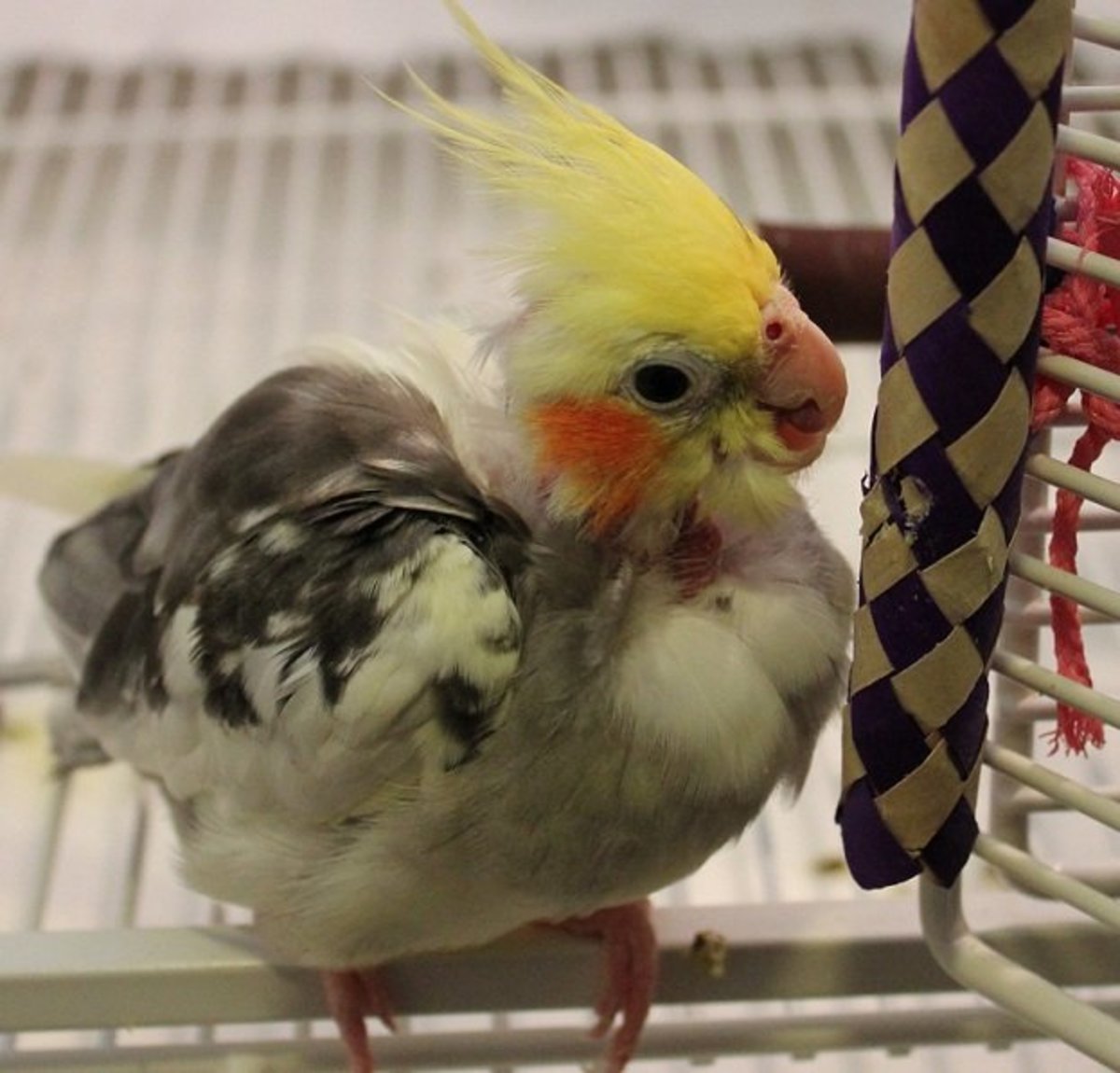

We are located in Lynnwood, Washington, with a satellite cat adoption center in Seattle’s University District. Contact and deliver the bird to HWC as soon as possible during business hours. If you have found an injured or sick wild animal, use our online self-service or call us at (425) 412-4040 as soon as possible. Wash your hands if you handled the bird without gloves.Ĩ. Place the container/bag in a quiet and dark place, away from people, animals and loud noises.ħ. Secure the lid of the box, or roll the top of the paper bag closed and secure with a paper clip or tape.Ħ. Do not give food or water to the bird and do not leave any in the container or bag.ĥ. Gently pick up the covered bird and place it in the prepared container.Ĥ. If possible, call HWC immediately for instructions.ģ. Great caution should be used to prevent injury to you.


Find and prepare an appropriate-sized container. After escaping from its cage, the Macaw became struck in a tree which was approximately 10-metres high and was being attacked by a flock of wild. Please note that this phone is a backup only and may be off at other times.ġ. Earlier this afternoon, ACT Fire & Rescue (ACTF&R) crews responded to an animal rescue incident involving a nearby resident’s pet Macaw bird on Phillip Avenue, Watson. If our phone lines are down, call our wildlife backup cell (808)443-1641. *Our area experiences occasional power outages, which affects our phone and internet systems. For off-hours, we have provided the steps below. Contact information for specific DOFAW offices can be found here.įor your safety, we recommend you call HWC at (808) 884-5000* during office hours for instructions. You may also contact the Division of Forestry and Wildlife office on your island for information about native and non-native wildlife. You may also email us at Please attach a photo of the bird to your email. IF AN INJURED ANIMAL FLEES AND TAKES SHELTER, DO NOT ATTEMPT TO CATCH IT.
Emergency animal rescue birds how to#
Please contact us at (808) 884-5000* during business hours if you need assistance identifying the bird. When baby birds are learning how to fly, it is normal for them to fall onto. To see a complete native species list, click here. We would be delighted to hear from you.Please note that HWC only accepts native species. This website covers some of the things we can do and have done in the past but if you have any query, question or suggestions please contact us. If you can, please call us before you have any contact with the animals because there are times when it is best to leave the animal alone, retreat a safe distance and observe. So if you discover an injured deer, an orphaned fawn, a dozy looking fox, a lone fox cub or badger cub, birds of prey or any wild animal that looks like it needs help please call us on our emergency numbers which are

Many of our calls come from those who watch the wildlife in their own garden and spot a problem, from police patrols, called to the scene of an accident, from tree surgeons, landscape gardeners and farmers who see animals in need and equally from walkers and riders who notice animals in distress when out and about. We work with other local rescue centres including Folly Wildlife rescue, who have been helping wildlife in the Sussex/Kent area for many years and we are very grateful for their support and in return we are delighted to support their remarkable commitment. If, for whatever reason the animal cannot be released, we have a wider team of exceptional dedicated volunteers who help to care for all manner of unfortunate creatures for as long as it takes. The ultimate aim for all the animals we work with is to release them back to the wild and we have a fantastic team of carers who work tireless and often sleeplessly with that aim in mind. We assist in animal rescues, rehabilitate injured animals, hand rear orphaned young animals and nurse sick animals back to health. Wildlife A&E is a not for profit organisation dedicated to the rescue, rehabilitation and release of all native species. Wildlife A&E rescues deer and other wild animals in the area where Sussex, Surrey and Kent meet.


 0 kommentar(er)
0 kommentar(er)
